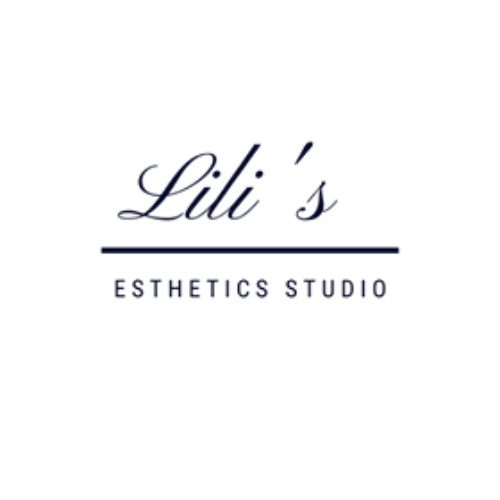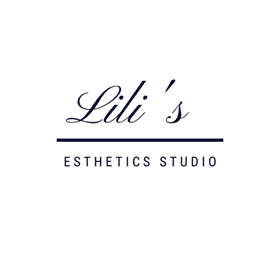Chemical Peels - What You Need To Know and How To Get Best Results
Over the last 15-20 years, we have come a long way in treating the skin. I have seen many changes in skin care and treatment technologies even over the last ten years. New and improved professional treatments continue to deliver greater and greater results.
The most common skin rejuvenating treatments in esthetics, skin clinics and medispas are chemical peels. Celebrities and people worldwide enjoy the rejuvenating effects of peels with little or no downside because modern peels are more pure and refined than their crude predecessors. With contemporary peels and the right home care support products, we can improve skin conditions and concerns, including rosacea, acne, hyperpigmentation, photodamage, wrinkles & fine lines.
What Is A Chemical Peel?
Chemicals for facial rejuvenation and exfoliation have been used since ancient times. The word "chemical" sounds scary because, in some contexts, it has been used to describe something artificial that is not good for you. Technically, a chemical is made up of matter, which includes liquid, solid or gas. A chemical can be natural or artificially made. For example, lactic acid is a chemical found in certain fruits and milk. Our muscles produce lactic acid as a result of exercise.
In cosmetic chemistry, a chemical peel is a substance that exfoliates the skin without scrubs or physical abrasive ingredients. Usually, in a liquid form, a chemical peel is painted on the skin to provide the effect of exfoliation and, therefore, skin rejuvenation.
Is A Peel Good For Your Skin?
Chemical peels have been around for more than 30 years. There's been a lot of research and learning by professionals on the correct and safe use of chemical peels.
Today the chemical peels are more sophisticated, pure and refined, delivering better results with fewer side effects. Professional aestheticians like me sometimes prefer a chemical peel to scrub or microdermabrasion, depending on the skin type. A chemical peel is preferable to scrub or microdermabrasion for inflammatory skin conditions such as acne or rosacea. The chemical peel can provide safe and effective exfoliation and skin rejuvenation without overstimulating the skin.
Sound knowledge of skin anatomy and wound healing is essential for understanding chemical peeling principles, so you should only consider having a chemical peel with a well-experienced, suitably qualified, certified esthetician.
Do Face Peels Really Work?
Face scrubs with abrasive particles are called physical exfoliants. Physical exfoliant usually only works on the dead cell layers' very surface, so the results are limited. Some face scrubs are too aggressive for delicate skin or skin suffering from sensitivity or rosacea, as they can aggravate the skin conditions.
Chemical peels generally work deeper than physical scrubs. Chemical peels can be made from natural ingredients such as citrus fruits, sugar cane or berries. Medical-grade peel includes elements that are made from pure synthetic ingredients to minimize allergic reactions.
Chemical peels are more effective than scrubs because they work deeper by dissolving the bonds between the dead skin cells, which provides an even deeper exfoliation. The result is exfoliation and skin regeneration, improving skin texture and tone. Chemical peels have a brightening and smoothing effect and improve sun damage, pigmentation, uneven skin texture, open pores and scarring. The exfoliative effect of chemical peels also stimulates collagen for younger-looking skin.
Types Of Chemical Peels
I use various superficial depth peels that treat skin conditions and concerns, including rosacea, acne, hyperpigmentation, photodamage, wrinkles & fine lines.
Chemical peels are classified as superficial, medium, and deep according to the peeling solution's penetration depth. The procedure results depend on the chemical used and its concentration, skin preparation, application method, contact time and skin condition.
I will do a thorough skin consultation to assess your skin tolerance and condition before selecting the right type of peel.
Here is a summary of the different types of ingredients that are used in peels and their benefits:
Lactic Acid: Naturally found in milk and part of the alpha-hydroxy acid family, Lactic acid is biosynthesized for cosmetic formulations. It exfoliates dead skin cells and enhances skin renewal to firm and rejuvenate the skin, which improves the appearance of fine lines and wrinkles. It is a gentler peel suited for dryer or more delicate skin types.
Glycolic Acid: Naturally found in sugarcane and part of the alpha hydroxy acid family, Glycolic acid exfoliates dead skin cells and increases cell turnover, which rejuvenates the skin. Excellent for sun-damaged skin. It improves skin texture and tone and gives the skin a new glow. Stronger than Lactic acid and suited for thicker, sun-damaged, and combination skin types.
Salicylic Acid: Known as a beta hydroxy acid, Salicylic acid is an exfoliant with soothing properties. It is oil-soluble, effectively penetrating the pores, exfoliating dead skin cells, and controlling acne pimples. It is generally stronger than lactic and glycolic acids and more suited for oily, thick, sun-damaged skin types.
Resorcinol: A peeling agent works by breaking down rough, scaly or hardened skin and is one of the key ingredients in a Jessner peel. Resorcinol is also an antiseptic and disinfectant to help fight skin infections.
Professional chemical peels have revolutionized skin rejuvenation, and we can do much to improve the skin. Chemical peels are especially effective for prematurely aged and sun-damaged skins. I have several peels for skin types, tolerance, and targeting specific skin conditions. Excellent results can be achieved and fast-tracked with peels. Peels are especially popular for sun-damaged skin, pigmentation, and ageing. Oil-congested, acne-prone and acne scarring also respond well to peels.

